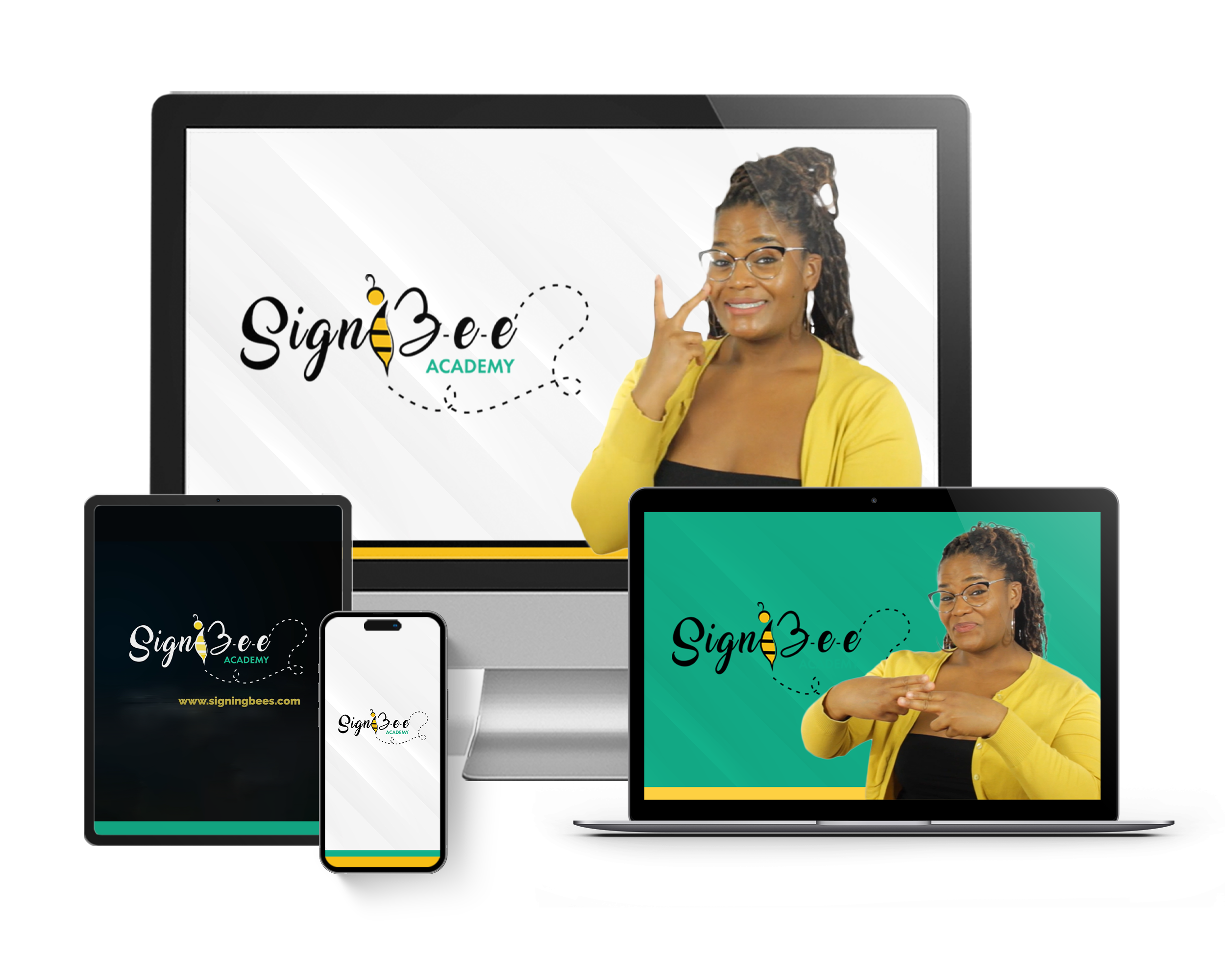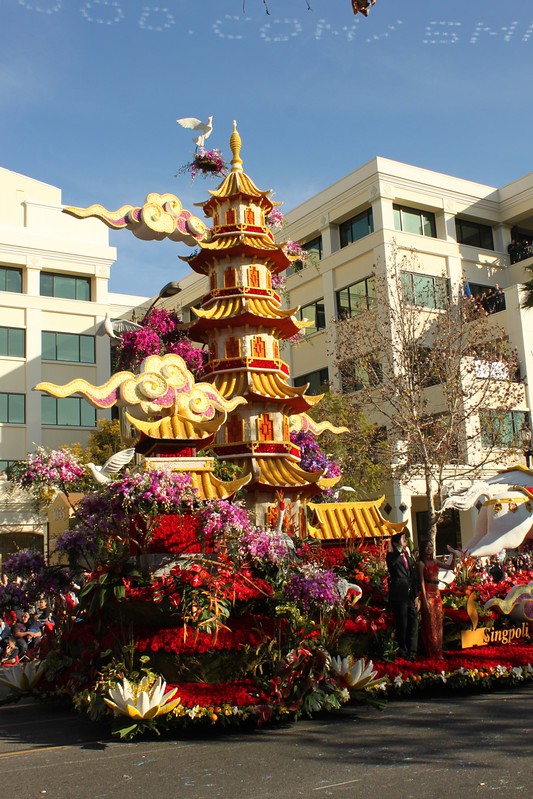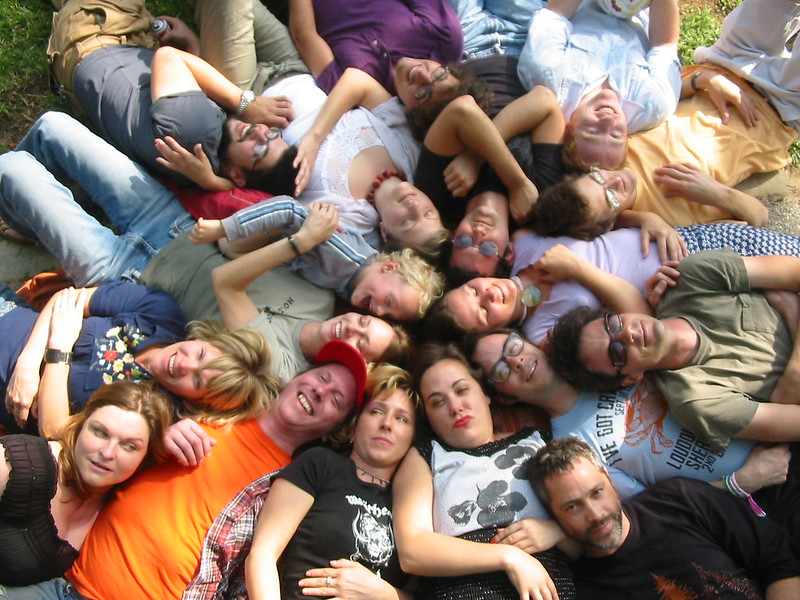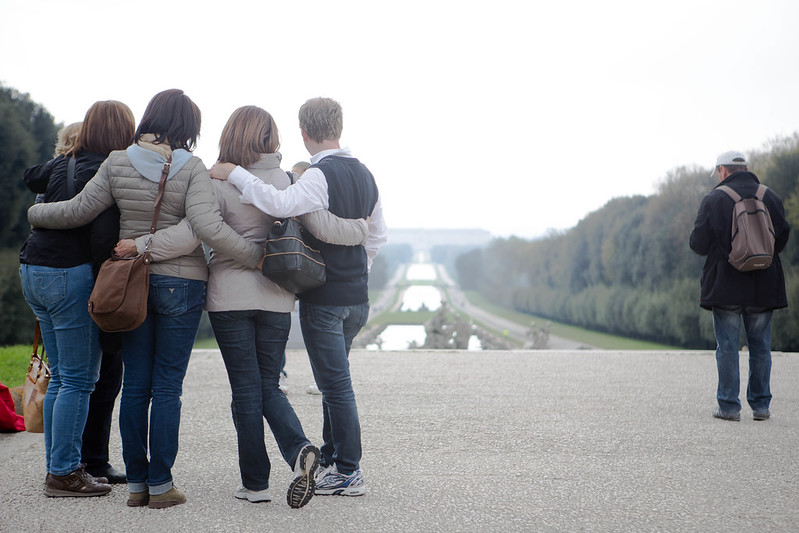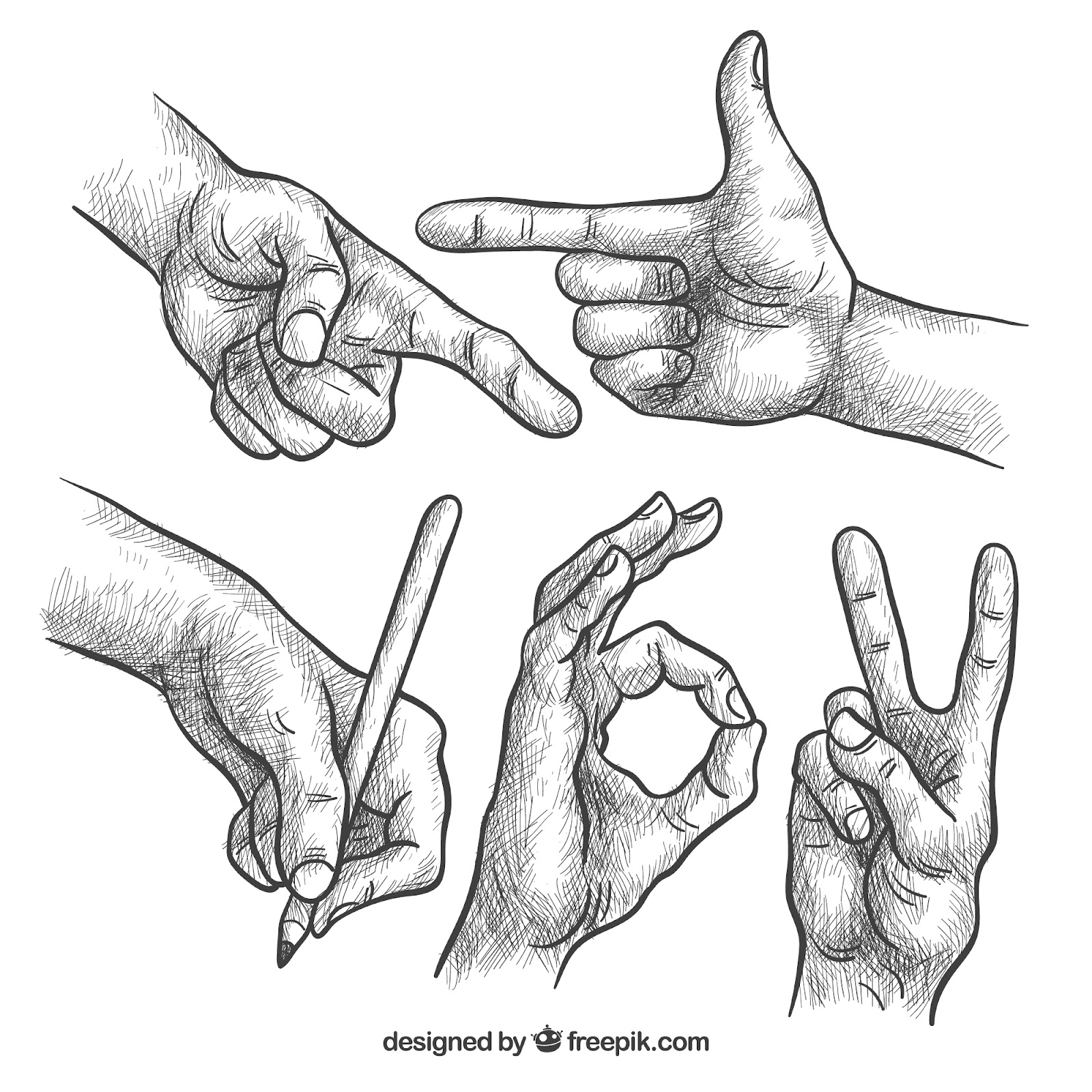The sort of activity seen on social media and other interactive parts of the internet might suggest that the world is getting closer to a single dominant culture. While there have been integrations of various parts of the human experience, culture at its root is still very diverse.
In fact, with the internet being a melting point for all groups of people, there has been an increase in the display of various cultures. People just don’t hang their Christmas decorations in their homes anymore. They also make detailed Facebook posts about the importance of the holidays.
Deaf people also participate in these activities, identifying with cultural groups and participating in events. When a hearing person is celebrating a holiday, he might not think of the deaf people that identify with his culture and this lack of awareness can create some barriers for deaf people.
So, how do the deaf community overcome these barriers and identify with cultural groups? It’s the major question this article seeks to answer.
The Importance of Identifying with Cultural Groups
Image by Jose Cruz on Openverse
It wouldn’t seem like a big deal to understand how deaf people identify with cultural groups if you don’t understand its importance. Culture by definition includes the costumes, social behavior, art, and ideas of a group of people.
Have you ever been surprised by the actions of a group of people? You might’ve experienced an interaction between two cultures: yours and that of the other group. This points to one importance of identifying with cultural groups which is the understanding of where a behavior comes from.
When you examine cultural groups and see their customs, you have a better understanding of why they do certain things, or at least understand how to respond to those actions.
Another importance of identifying with cultural groups is that it helps people understand themselves. With an understanding of where they are from, they can shape where they want to be.
For example, you might think it strange that your dad always gave your mother all the cash he earned. If you dig far enough into your culture, you might see that it began when miners gave their earnings to their wives when they returned from the mines.
When a group of people identify with their culture, it also develops respect from others who aren’t part of the culture. For instance, in Nigeria, various cultures have their holidays, and during these holidays, members wear attire unique to the group. This builds a sense of pride and respect from other cultures watching on.
Finally, deaf people identifying with their cultures helps them in one specific way: the hearing community sees them not as deaf but as part of a larger cultural group.
How Deaf Individuals Identify and Affiliate with Different Cultural Groups
Life can make you question who you are, regularly. While deep self-reflection might give you an insight, sprinkled with a bit of therapy, that isn’t all you need. Culture is one important part of figuring out who you are as a person.
You might wonder how deaf people do it. How do they identify with different cultural groups? Let’s find out.
They Discover Their Culture
It might seem strange that the journey to a better understanding of other cultures begins with understanding the one you are deeply rooted in.
For a deaf person, a better understanding of the deaf culture is a good place to start. Deaf people identify with other cultures by first understanding and being a part of theirs. Suggesting that deaf people have a culture of their own might seem strange but there is a culture.
The most integral part of that culture is sign language. For America, it is the American Sign Language (ASL). So, one vital way deaf people identify with their culture is by communicating in ASL.
They Participate in Cultural Events
Picture a parade passing through your street in the afternoon with flags, banners, and people dressed under a particular theme. There will be music, unique to the group as well. Now, imagine how attractive that looks to passersby. That is the effect of cultural events.
Deaf people understand the importance of cultural events which is why they participate in them. It is one of the most obvious ways of identifying with a culture.
The parade might be celebrating the deaf culture or another culture. All that matters is that those who participate are part of that culture and appreciate its practices, language, and social behavior.
Dressing
Have you ever just seen what a person wears and been intrigued by their background? That is one way people identify with various cultures. For instance, if you see a man in a kilt, you will suspect he has Scottish roots.
Deaf people also wear special attires as a way to identify with various cultural groups. You might see a deaf person wearing an “Ankara” dress, which is an attire made with distinct patterns and worn by many West African Countries like Nigeria and Ghana.
Since culture affects how people dress, it isn’t a surprise that deaf people use it as a means of affiliating with cultural groups.
Holidays
If you have a neighbor with Indian roots you might’ve noticed that they celebrate a special holiday called Diwali. In India, this holiday rivals Thanksgiving in the United States and is one way Indians all over the world identify with their culture.
Deaf people also celebrate specific holidays and use these holidays as a way to identify with various cultural groups. For example, you might see a deaf person celebrating Native American Day which suggests that the person identifies with Native Americans.
Holidays are a time to get together and celebrate a particular culture or historical event. Deaf people participate in such holidays, and they should because, beyond being deaf, they are human.
Conclusion
Culture is an integral part of life and some will even consider it life itself. Identifying and affiliating with cultural groups lets people feel they are part of something big and meaningful. Deaf people also crave to be part of big communities which is why they identify with various cultural groups.
They identify with these groups by participating in holidays, and cultural events, dressing a particular way, and getting to know their culture better.
Deaf people should be encouraged to be part of various cultural groups, after all, they aren’t just deaf but human as well.
One way to encourage deaf people to participate in cultural activities is to identify with their culture too. The first step in achieving this is learning ASL and that is where SignBee Academy comes in offering easy-to-learn ASL materials to help you learn ASL accurately.
Thumbnail Photo Credit to Image by Singpoli Group on Openverse

